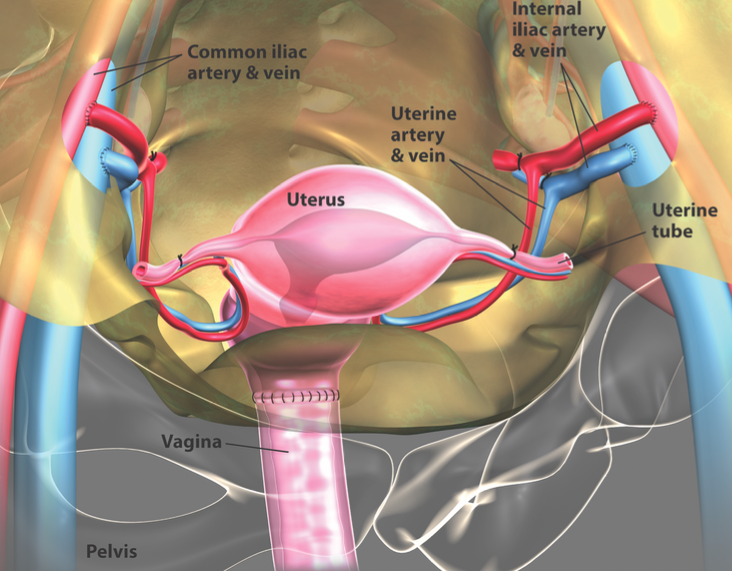26-year-old patient of first successful uterus transplant in the US to have donated body organ removed after one or two pregnancies

Unlike other organ transplants, such as kidney or heart, when transplanted becomes part of the recipient’s body for life, it would not be the case for the 26-year-old who made medical history by being the first uterus transplant case in the US. The uterus would be removed after one or two pregnancies.
The landmark nine-hour uterus transplant procedure was performed on Wednesday at Cleveland Clinic. The recipient, now in stable condition, is one of 10 women selected for the clinical trial that was approved by the hospital’s ethics panel. The 10 were either suffering from the condition Mayer-Rokitansky-Küster-Hauser syndrome, or born without a uterus, or had it removed.
However, the woman would not be able to get pregnant yet. Healing of the surgery would take one year. Before the surgery, some of her eggs were removed which would be implanted in her through in vitro fertilisation for the patient to become pregnant.
When doctors confirmed that one of the 10 frozen embryos, the patient began taking anti-rejection drugs. The surgeons then removed the dead donor’s uterus and its entire blood supply which was placed inside the patient’s pelvis and the donor’s blood vessels connected to her, explains The Washington Post.
Before the trial was first announced, the woman said she craves to have the experience of bearing a child in her womb which was not possible due to her lack of uterus. “I want the morning sickness, the backaches, the feet swelling. I want to feel the baby move. That is something I’ve wanted for as long as I can remember,” quoted the New York Times.
The menstruation would begin after a few months, and then after one year, she can try to become pregnant. The woman so wanted to have biological children that she is willing to go through a second surgery that would remove the uterus after one or two babies so she can eventually stop taking anti-rejection drugs.
Andreas Tzakis, the surgeon, had done organ transplantation procedures before with other traditional body parts, prior to the uterus surgery, went to Sweden and studied the method, where the procedure was first performed in 2014. But in Sweden, the uterus came from a live donor. The criteria of the team in selecting uteruses for the 10, they have permit from the Cleveland Hospital board to perform, are the organ must be from women of reproductive age and compatibility the recipient.
If the 10 surgeries are successful, it would open the door for an estimated 500,000 women in the US without the organ needed to get pregnant. However, a reproductive endocrinology expert and obstetrician-gynaeclogist, Dr Rebecca Flyckt, in response to a letter to the New York Times when it published in November 2015 an article on the planned uterus transplant, did not rule out male pregnancies.
But it would be a more complicated procedure because a vagina would also have to be created and surgical reconstruction of the whole pelvis to be done by a transgender surgery expert. However, Flyckt stresses, “Our protocol is limited at this time to women without a functioning uterus.”





















